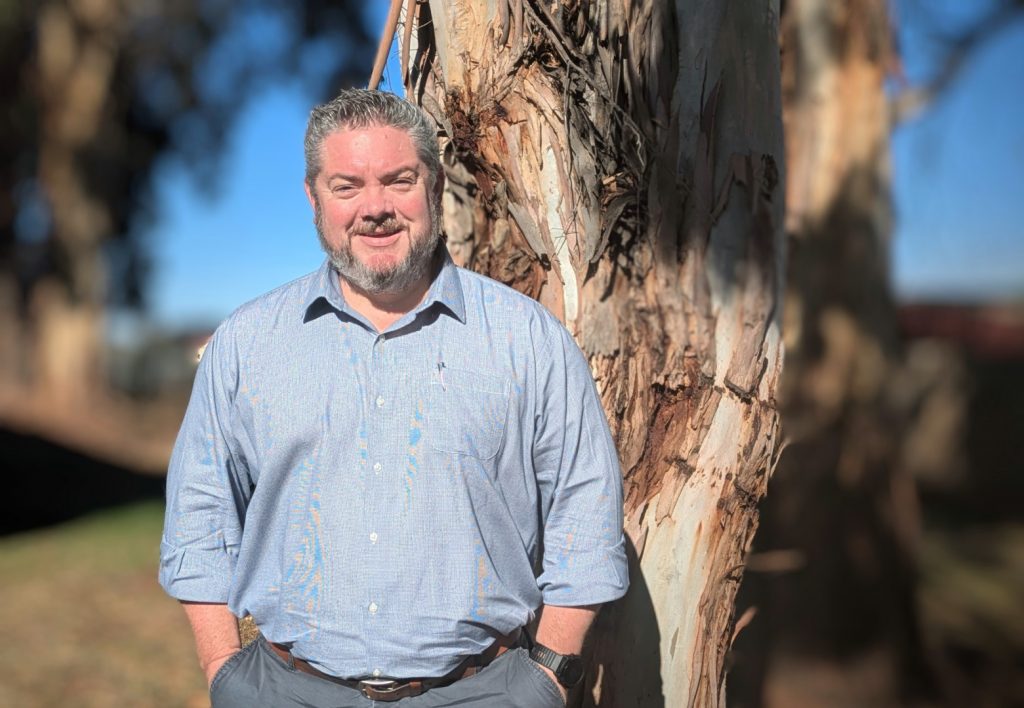“It’s all about connection,” said Mr Peirce. “We’re helping schools and employers speak the same language, and supporting students to better understand what vocational education and training (VET) can offer them in their own communities.”

The initiative focuses on raising awareness of VET opportunities for Year 10 students and aligning local learning with real career pathways in priority industries such as construction, aged care, disability services, agriculture, hospitality and tourism, and advanced manufacturing.
Through targeted facilitation and co-design, Mr Peirce works with both schools and local employers to identify skills needs and create meaningful learning experiences that expose students to career options close to home.
In one example, Mr Peirce supported a partnership between Devonport High School and local civil construction employers. This connection resulted in the creation of a new Certificate II Civil Construction industry pathway, the only one of its kind currently offered in Tasmania’s North-West, with 12 students set to enrol in 2025.
“Employers are eager to engage,” Mr Peirce said. “They get to showcase their business to their future workforce and help students understand what jobs look like in practice — what skills are needed, what work readiness means, and how to take the next step.”
The Youth Career Facilitator acts as a go-between, making it easier for employers and schools to connect and build lasting partnerships. For schools, it provides access to up-to-date local labour market insights. For industry, it offers a direct line to students — and the chance to shape their future workforce.
“It’s not just about helping students choose a pathway,” Mr Peirce added. “It’s about giving them real-world experiences that inform their decisions. Some students find their passion. Others realise a certain job isn’t for them — and that’s just as valuable.”
The program also supports schools to integrate VET more meaningfully into their offerings and encourages them to explore industry partnerships that support student engagement and progression.
“This isn’t about parachuting in a one-size-fits-all program,” Mr Peirce said. “It’s about working with local schools, communities and businesses to co-design opportunities that work — for everyone involved.”
The Youth Career Facilitator program is part of a broader government strategy to reduce the number of young people not in education, employment or training, while also helping address workforce shortages across Tasmania.
Mr Peirce says the long-term goal is for this kind of school–industry engagement to become business as usual.
“If you want to develop a renewable pipeline of talent in your region, it starts by building relationships with schools,” he said. “It should be the most normal thing in the world.”
